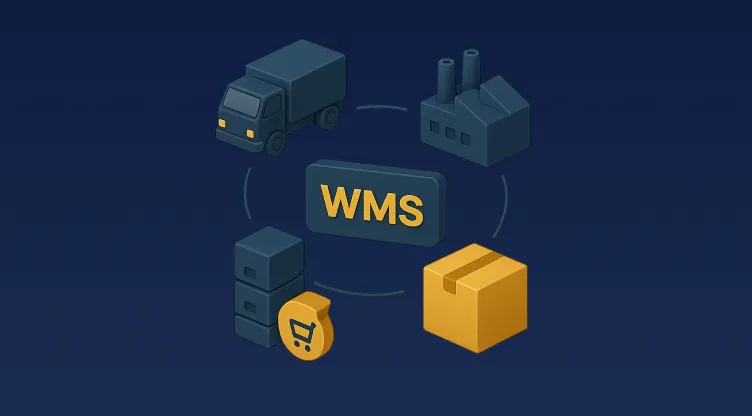
Learn how to optimise your warehouse using slotting analytics and high-density storage. Designed for agile fulfilment in Saudi Arabia, UAE, and beyond.
Read More6 Min Read

Discover how Omniful helps businesses manage thousands of small parts efficiently. Improve inventory turnover, avoid stockouts, and deliver faster service.
Read More5 Min Read

Learn how Omniful’s WMS streamlines multinational warehouse operations, ensuring real-time stock control, efficient order processing, and regulatory compliance.
Read More4 Min Read

Learn how to optimise your warehouse operations with zone, batch, and wave picking methods. Discover the benefits, best practices, and how these methods can improve speed, accuracy, and efficiency.
Read More5 Min Read

Discover effective strategies for managing subscription inventory. Learn about automated replenishment, demand forecasting, and buffer stock management. Keep your customers happy and your shelves stocked.
Read More4 Min Read

Explore how warehouse management systems help 3PLs, manufacturers, and e-commerce platforms in MENA gain control, speed, and efficiency in a digital logistics world.
Read More6 Min Read

Our last blog post examined inventory control by defining it, explaining its goals, and outlining the essential distinctions between inventory control and inventory management.
Read More9 Min Read

How do companies work out the real costs of their amazing products before selling them? The purchase price is only one factor in determining real business product costs. At this point, Inventory Costing Methods emerge as the key solution.
Read More10 Min Read

A bonded warehouse stores imported goods which enables businesses to defer tax payments by not paying import duties immediately.
Read More8 Min Read